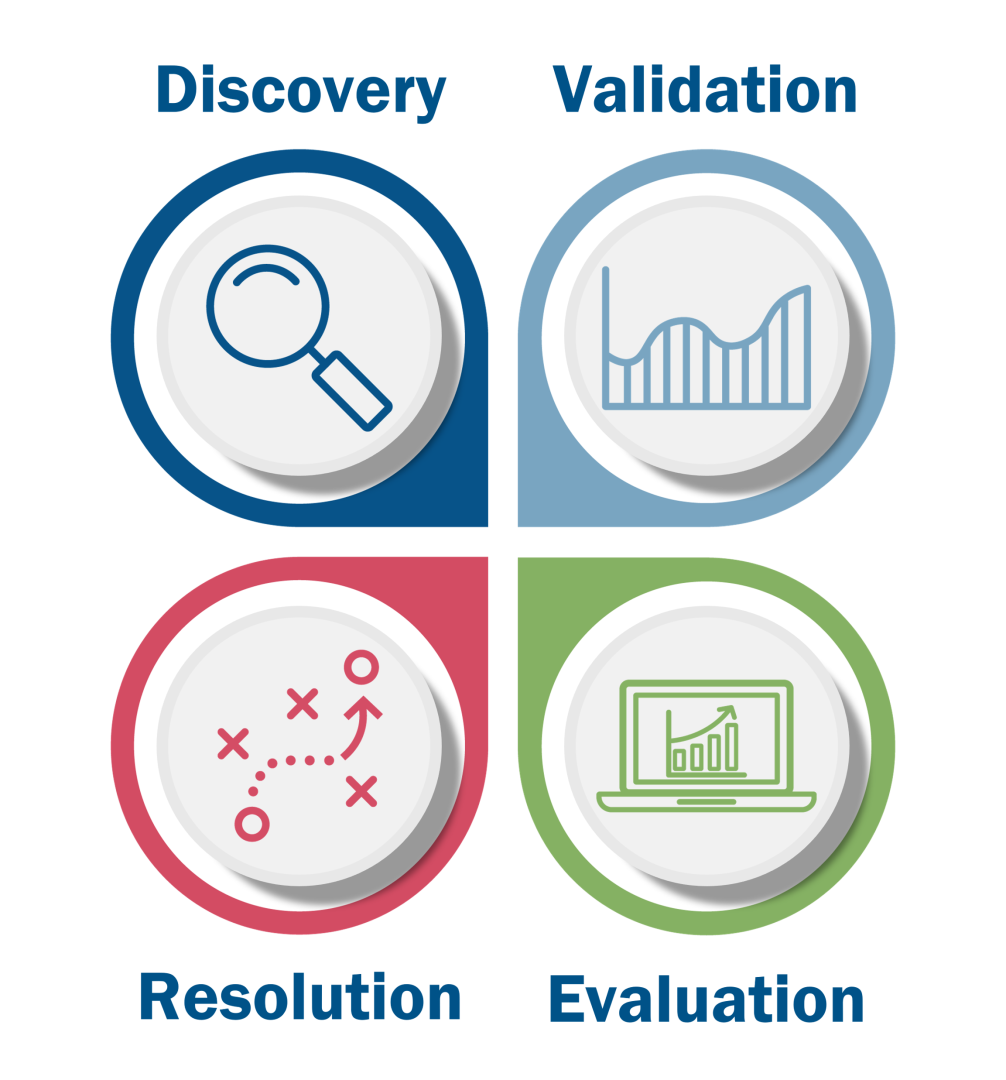Continuous improvement involves establishing an ongoing culture of learning in which organizational capabilities, processes and functions are periodically examined to ensure they are sufficient, accurate and effective to handle the threats, hazards and risks a jurisdiction or community may face.
Organizations often face repetitive operational hurdles, which can limit the effectiveness of capabilities across the mission areas of prevention, protection, mitigation, response and recovery. Continuous improvement establishes processes to collect and analyze data to identify and address gaps and build on strengths.
Continuous improvement methods can also be used to enhance preparedness and operational readiness initiatives by improving program operations, informing resource funding decisions and tracking implementation of recommendations. FEMA’s Continuous Improvement Technical Assistance Program (CITAP) has tools to help guide you through these processes and methods.
Continuous Improvement Phases

The four continuous improvement phases, as FEMA applies it, are:
- Discovery Phase: Collecting information from an incident that will be later used to identify strengths, areas for improvement, potential best practices and mission critical issues.
- Validation Phase: Checking the accuracy, completeness and quality of data. During validation, personnel analyze the collected data to identify and ensure the accuracy of observations and potential recommended actions.
- Resolution Phase: Finalizing, tracking and implementing the recommended actions that were drafted during the observation development process in the validation phase.
- Evaluation Phase: Measuring the effects of completed recommended actions to determine the extent they have strengthened the organization, institutionalized best practices, addressed areas for improvement and/or resolved mission-critical issues.
FEMA depicts the continuous improvement phases in a non-cyclical graphic to reaffirm the approach is not linear. Steps within these phases can be iterative and overlapping.
National Continuous Improvement Guidance
The National Continuous Improvement Guidance provides an approach to conduct consistent and rigorous continuous improvement activities before, during and after real-world incidents. Continuous improvement can apply to exercises, but this document specifically applies to real world events, including preparedness activities.
This guidance is intended for the whole community, including state, local, tribal and territorial partners; nongovernmental organizations; the private sector; and other organizations with emergency management functions. It is designed to help emergency managers and whole community partners continually evaluate their emergency management capabilities and establish a process for improving them as threats and risks change.
Please visit the interactive version of the guidance on FEMA’s Preparedness Toolkit (PrepToolkit) to view the guidance based on experience with continuous improvement and/or the maturity of your organization’s continuous improvement capabilities. The guidance can also be downloaded as a PDF in English and Spanish from the PrepToolkit site.
PrepToolkit Training and Resources
FEMA's PrepToolkit is a repository of preparedness resources. The PrepToolkit's Continuous Improvement Technical Assistance Program (CITAP) offers a comprehensive technical assistance package to whole community partners, including:
Quarterly Newsletter
To download CITAP’s previous quarterly newsletters, please visit the CITAP Newsletter page on FEMA’s PrepToolkit or register to receive CITAP’s newsletters via email.

